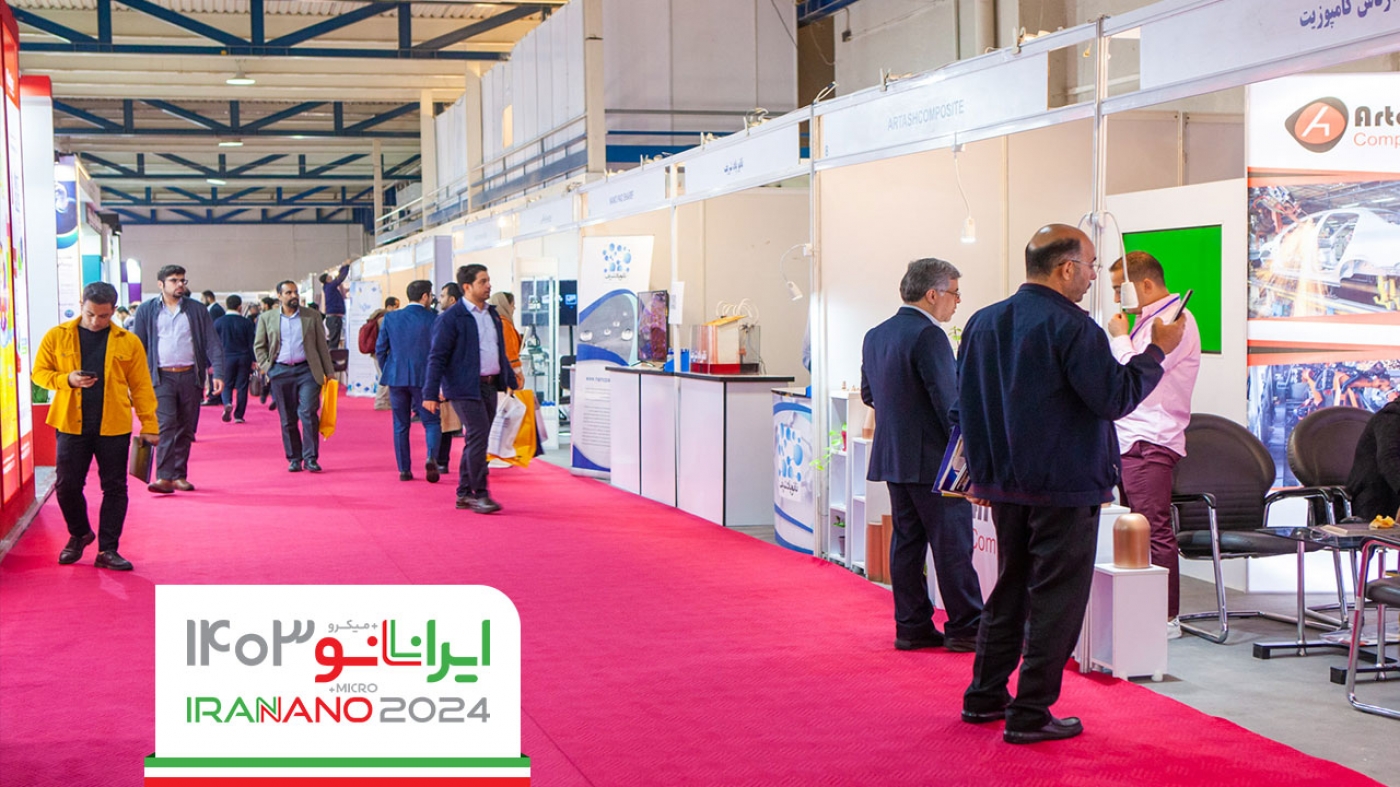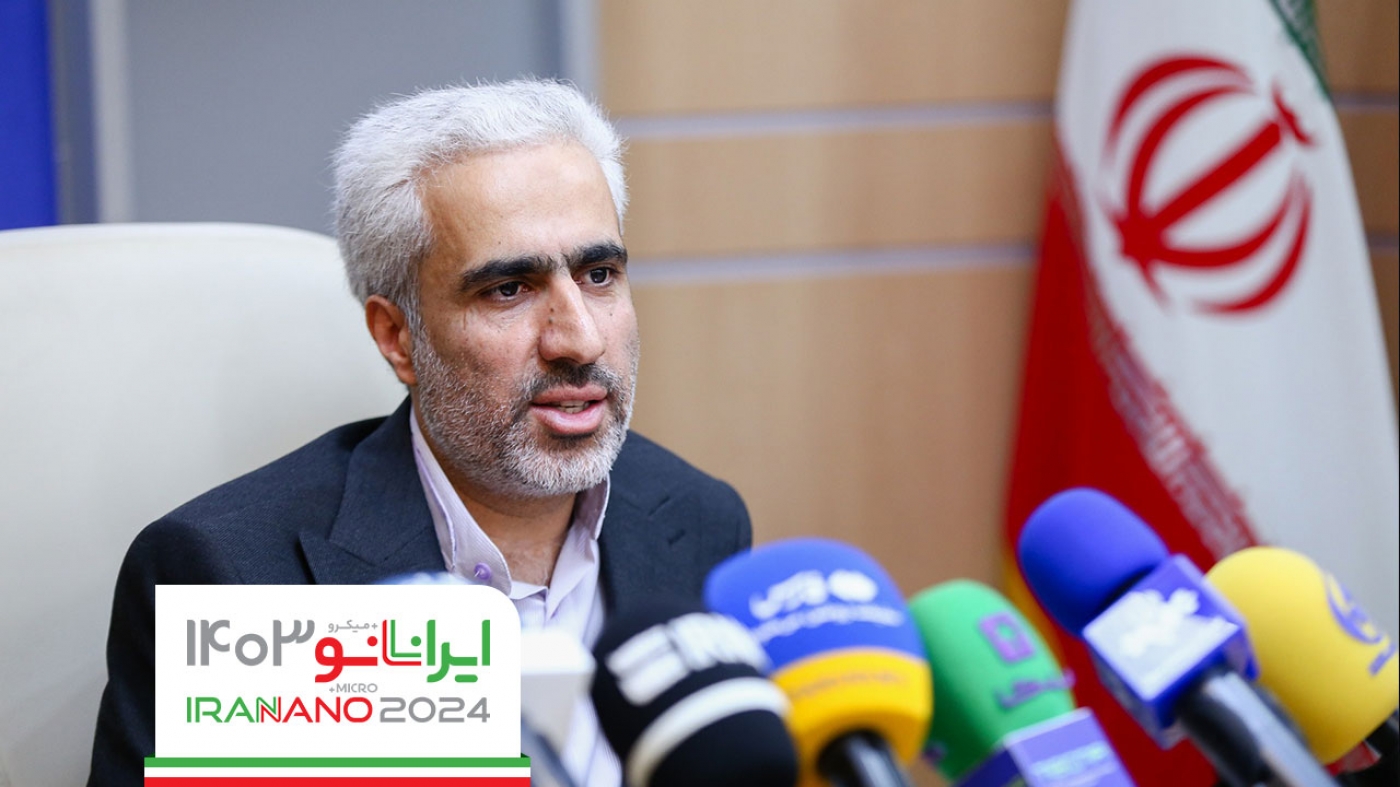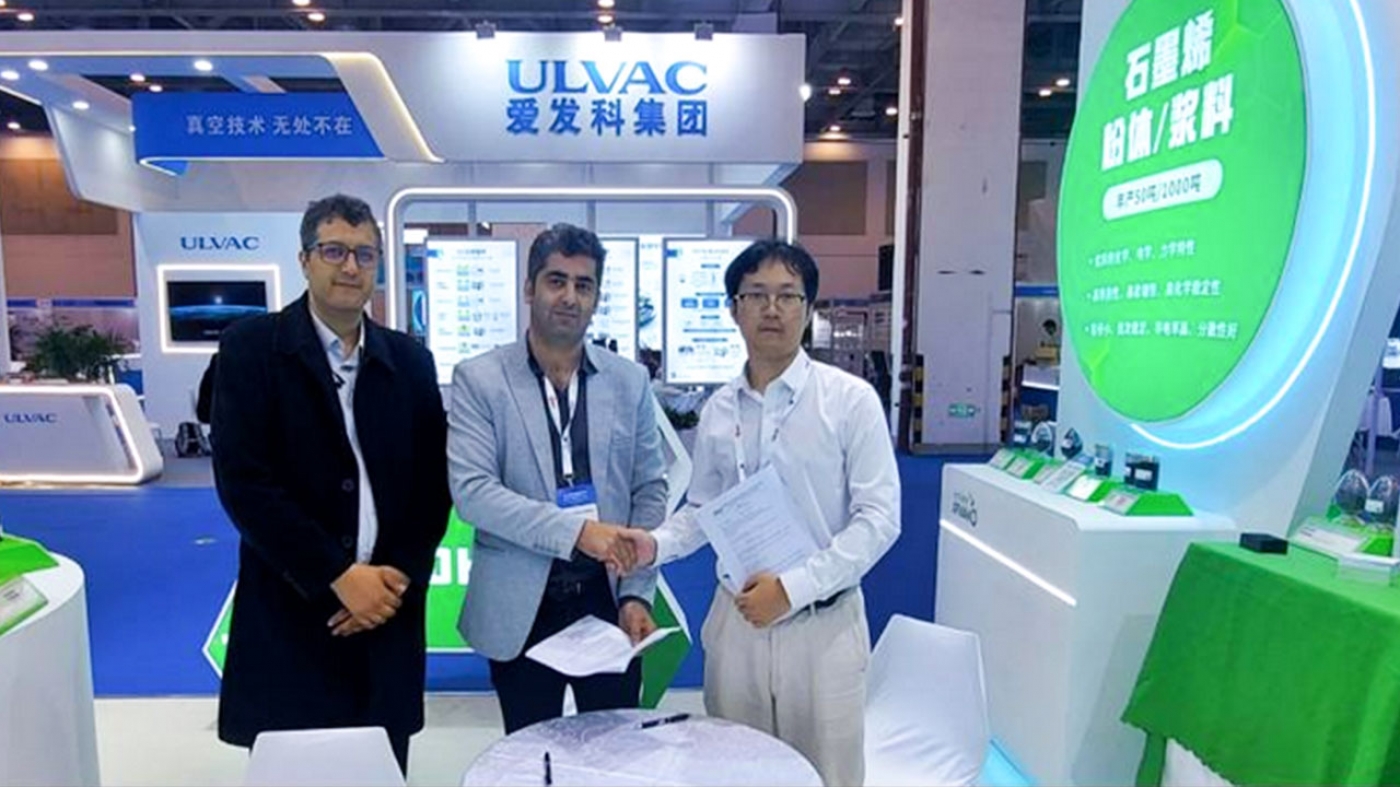It is predicted that due to the growing need of industries for lithium, the demand for this element will increase further in a few years and it will become a more important and strategic element. Therefore, a number of researches have been carried out to extract this important element from available resources. Seawater as a rich source of lithium ions can meet a significant portion of human needs for this vital substance. However, separating it from other ions present in the seawater is a challenging process.
The future of lithium-based energy storage systems relies heavily on efficient separation of this element. Recently, biological ion channels with asymmetric cavity structures were considered as one possible approach to come across such challenge by researchers. However, the artificial reproduction of such a complex biological structure is technically challenging.
In this research, a highly tunable design concept was introduced to fabricate monovalent ion-selective membranes with asymmetric sub-nanometer pores in which energy barriers are implanted. The energy barriers act against ionic movements, which hold the target ion while facilitating the transport of competing ions. The membrane consists of bilayer metal-organic frameworks (MOF-on-MOF), possessing a 3.4- to 6 angstrom passable cavity structure. The ionic current measurements exhibit an unprecedented ionic current rectification ratio of above 100 with exceptionally high selectivity ratios.
The results of this study were published in Advanced Materials journal entitling “Designing Angstrom-Scale Asymmetric MOF-on-MOF Cavities for High Monovalent Ion Selectivity”.





